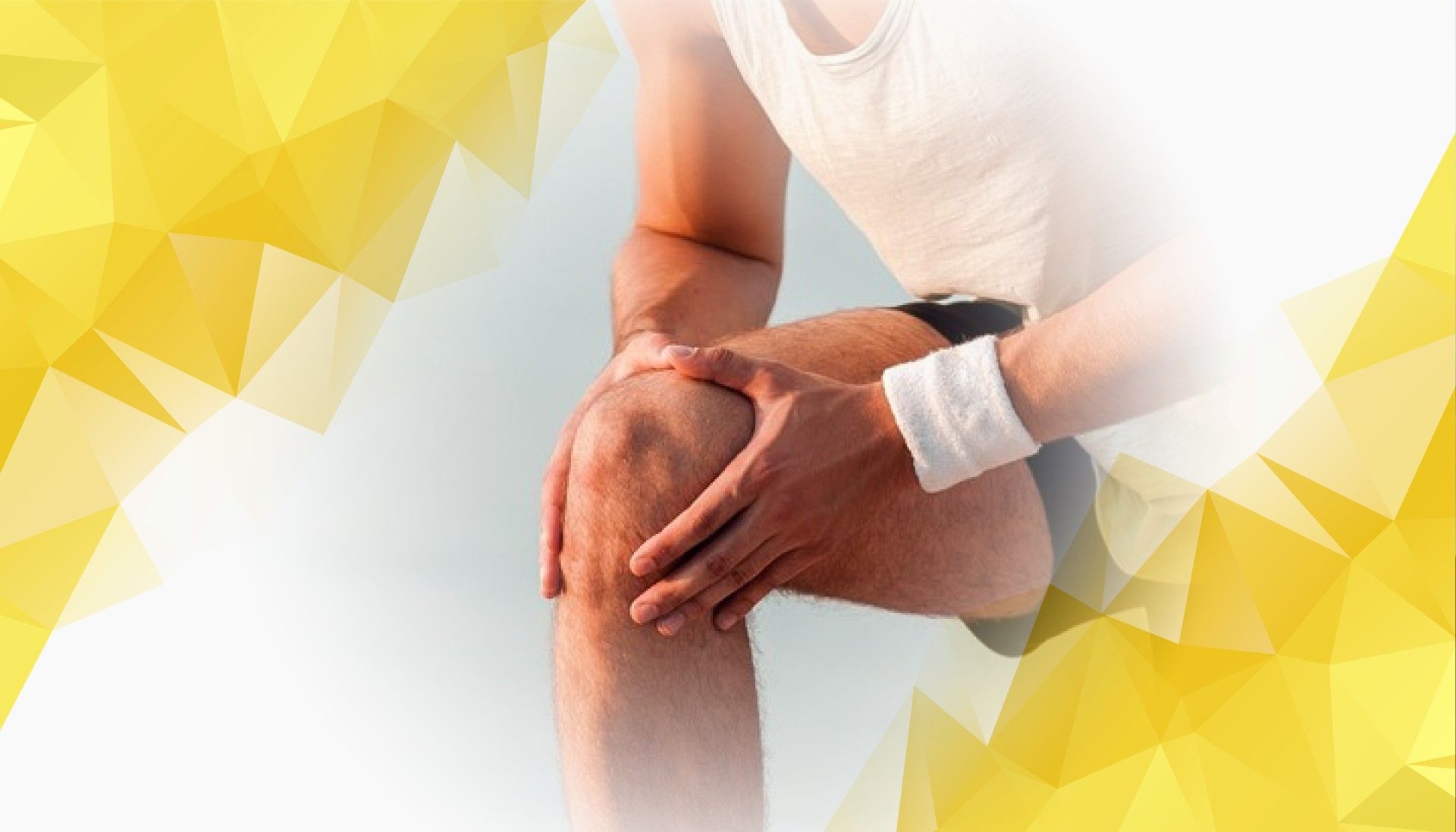Introduction: Understanding Osteoarthritis and Its Impact
Osteoarthritis is a widespread joint condition that affects millions of people, especially in the knees . It causes pain, stiffness, and limited mobility—making even simple daily tasks challenging. In this article, we’ll discuss how MAI Motion and the MAI Motion & Knee Care programme can help improve knee function by enhancing both mobility and the joint’s ability to handle everyday stress. By blending the latest clinical insights with innovative techniques, these therapies bring new hope for those living with osteoarthritis .
Osteoarthritis: The Challenge to Mobility and Tolerance
Osteoarthritis occurs when the cartilage—the smooth tissue that cushions the ends of bones—gradually wears away. As the cartilage breaks down, bones can rub against each other, causing pain , swelling, and a loss of flexibility. The knees are particularly at risk because they bear much of the body’s weight. This means people with osteoarthritis often face discomfort or further joint damage when they try to move normally. That’s why effective treatments must focus on two key goals: improving the knee ’s tolerance for weight-bearing and restoring overall function and mobility.
How MAI Motion Supports Knee Health
MAI Motion uses guided, controlled movements that support the knee ’s natural function. Rather than pushing the joint past its limits, these exercises encourage healthy movement patterns that ease pressure on sensitive areas and promote healing. Thanks to advancements in motion analysis technology , therapists can now measure joint movement more precisely and adjust treatment plans for each individual. The MAI Motion & Knee Care programme builds on these innovations, tailoring therapies to meet each person’s needs, boosting stability, and making it easier to move comfortably.
What the Evidence Shows: Benefits of MAI Motion
Clinical studies have shown that MAI Motion therapy can significantly improve a knee’s ability to handle weight and perform daily activities with less pain. Participants often report greater independence and a better quality of life. The treatment addresses core issues such as joint function, pain control, and rehabilitation—offering a well-rounded approach to osteoarthritis care . By focusing on both immediate comfort and long-term joint health , MAI Motion provides tangible benefits for patients as well as healthcare providers.
Looking Ahead: The Future of Osteoarthritis Treatment
Living with osteoarthritis can be difficult, but treatments like MAI Motion are changing that outlook. By helping the knee move more freely and tolerate more stress, the MAI Motion & Knee Care programme delivers real, lasting improvements. As research continues to advance, combining clinical evidence with innovative therapies like MAI Motion could revolutionise osteoarthritis care—offering hope and better quality of life to millions worldwide.
References
Armstrong, K., Zhang, L., Wen, Y., Willmott, A. P., Lee, P., & Ye, X. (2024). A marker-less human motion analysis system for motion-based biomarker identification and quantification in knee disorders. Frontiers in Digital Health. https://doi.org/10.3389/fdgth.2024.1324511

